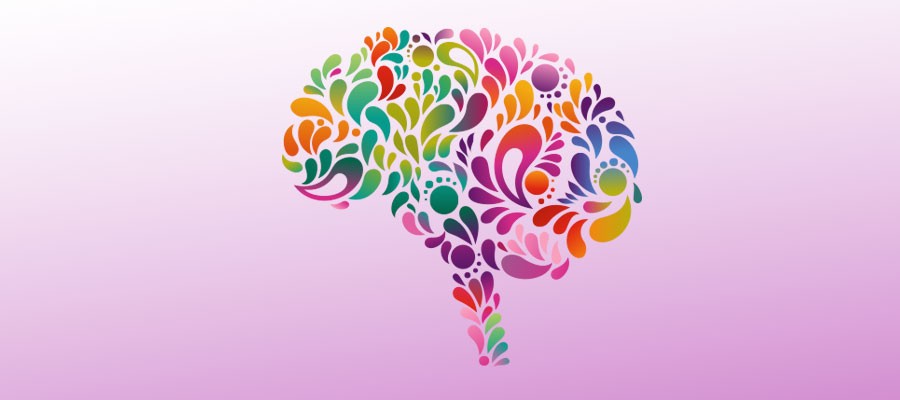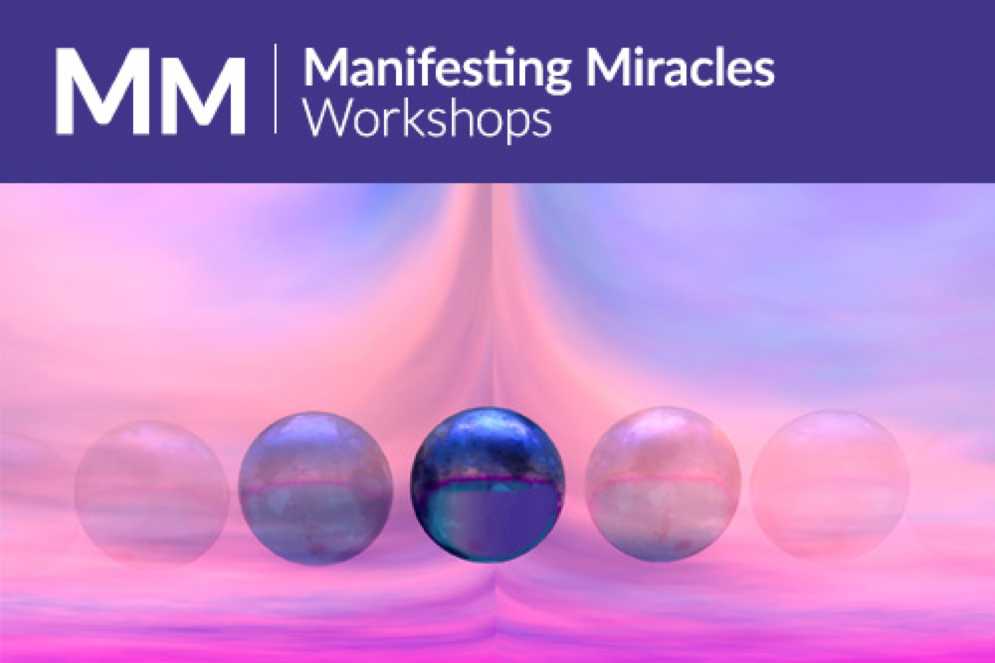Energy healing, a practice grounded in the fundamental principles of our body’s bioenergetic fields, offers us all a transformative approach to overcoming pain by harnessing the brain’s capacity to create new neural pathways. Quantum-Touch is incredibly well known for reducing and eliminating pain quickly. Having been a Quantum-Touch practitioner and instructor for over 17 years I have seen many, many people experience a complete recovery from chronic pain with this modality. Let’s explore some of the science behind this.
As Dr. Norman Shealy, a pioneer in holistic health and integrative medicine, has long advocated, the synergy between energy healing and neuroplasticity reveals profound healing potential.
“Quantum-Touch appears to be the first technique that may truly allow us all to become healers. “
Dr. C. Norman Shealy, MD., Ph. D.
The Foundation of Neuroplasticity
Neuroplasticity refers to the brain’s inherent ability to re-organize itself by forming new neural connections throughout life. This adaptive capacity is critical for learning, memory, and recovery from injury. In the context of pain management, neuroplasticity enables the brain to modify how it processes and perceives pain signals, facilitating a shift from chronic pain states to more adaptive, less painful experiences.
Energy Healing and Pain
Energy healing modalities like Quantum-Touch influence the body’s energy fields to promote balance and healing. These practices harness life force energy, known as “qi” or “prana,” to “unblock”rewire” areas of imbalance. When applied to pain management, Quantum-Touch can literally recalibrate the body’s energetic patterns, reducing pain perception.
Mechanisms of Action
Energy healing influences neuroplasticity by inducing deep relaxation and reducing stress. This is a significant and often overlooked factor in chronic pain. “Stress exacerbates pain and hinders healing,” says Dr. Herbert Benson of Harvard Medical School, renowned for his work on the relaxation response. By alleviating stress and promoting relaxation, energy healing helps the brain transition from a state of
“fight or flight” to one of healing and regeneration. This supports the formation of new, healthier neural pathways that mitigate pain.
“In my vast experience, I’ve never seen anything to compare with the positive results of Quantum-Touch. It enabled affected team members to resume competitive play in a very brief period of time following an injury, and the improvements seemed to continue even after the therapeutic sessions.”
Duane Garner, Coach UCSC Men’s Basketball Team
Scientific Insights
Research supports that energy healing can alter brainwave patterns, promoting states conducive to healing. Studies by Dr. Daniel Benor highlight how healing practices like Quantum-Touch can shift brainwave activity to alpha and theta states, associated with relaxation and heightened creativity. These states enhance neuroplasticity, inspiring the formation of new neural connections that reduce pain.
Practical Application
Integrating energy healing into a holistic pain management plan can be highly beneficial. Regular practices of meditation, breathwork, and visualization, can amplify healing significantly, often leading people into sustained pain relief and much higher overall well-being. We see this a lot in Quantum-Touch – especially in workshops!
“Whilst in Karina’s QT level 1 workshop my kidney pain never came back and now it is a 0”
D.B, New Zealand
Conclusion
Many scientists would affirm that energy healing, aligned with neuroplasticity principles, offers a powerful approach to overcoming pain. By supporting the brain’s adaptive capabilities, energy healing paves the way for profound healing and transformation, showcasing the interconnectedness of mind, body, and spirit. In Quantum-Touch we learn techniques to do this in a sustainable and enjoyable way for ourselves and others.
“Richard Gordon throws open the doors of energy healing for everyone. Simple techniques, profound results. Quantum-Touch is a system that anyone can learn quickly and put to use in their own lives.”
Chris Duffield, Ph.D. Visiting Scholar, Stanford University





